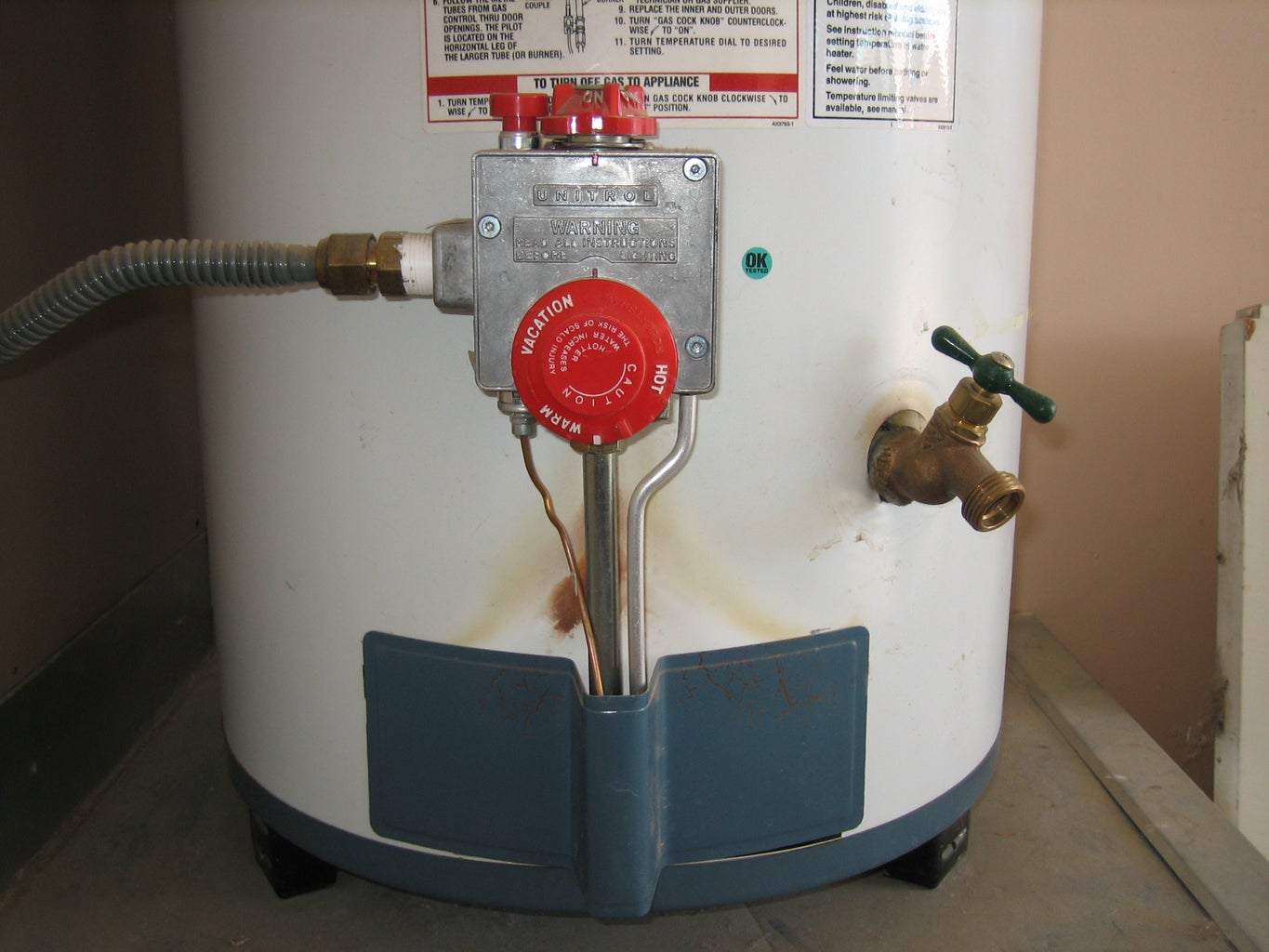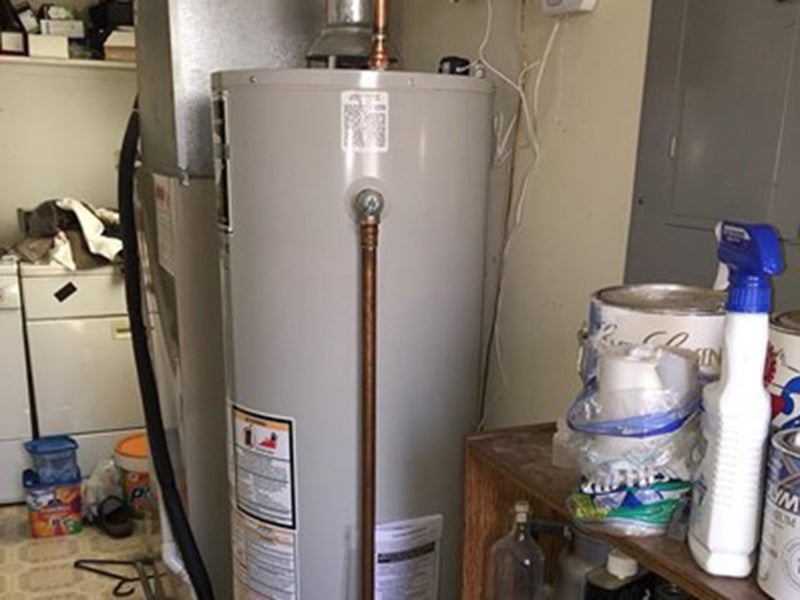Making Sure Longevity of Your Home's Hot Water System: Care AdviceBest Methods to Care for Your Home's Hot Water System SuccessfullyMaking Sure Durability of Your Home's Hot Water System: Care Advice
Making Sure Longevity of Your Home's Hot Water System: Care AdviceBest Methods to Care for Your Home's Hot Water System SuccessfullyMaking Sure Durability of Your Home's Hot Water System: Care Advice
Blog Article
Were you searching for selective information about Water Heater Maintenance Tips You Can't Afford to Forget?

Hot water is vital for everyday convenience, whether it's for a rejuvenating shower or washing dishes. To ensure your hot water system runs efficiently and lasts longer, regular maintenance is key. This write-up gives sensible ideas and insights on just how to keep your home's warm water system to avoid disruptions and pricey fixings.
Intro
Preserving your home's warm water system may seem challenging, but with a few simple actions, you can ensure it operates smoothly for several years ahead. This overview covers everything from comprehending your hot water system to DIY maintenance pointers and recognizing when to employ expert help.
Importance of Keeping Your Warm Water System
Routine maintenance not just expands the life expectancy of your hot water system but additionally guarantees it operates successfully. Disregarding upkeep can result in decreased performance, greater energy costs, and also premature failing of the system.
Indications Your Hot Water System Demands Upkeep
Understanding when your hot water system requires attention can protect against major issues. Keep an eye out for indications such as inconsistent water temperature level, unusual sounds from the heating unit, or rusty water.
Recognizing Your Hot Water System
Prior to diving into upkeep jobs, it's helpful to recognize the fundamental parts of your warm water system. Generally, this consists of the water heater itself, pipelines, anode rods, and temperature level controls.
Monthly Upkeep Tasks
Regular month-to-month checks can help capture minor concerns before they rise.
Flushing the Hot Water Heater
Flushing your hot water heater removes debris buildup, enhancing efficiency and extending its life.
Checking and Changing Anode Rods
Anode poles stop deterioration inside the storage tank. Evaluating and replacing them when worn is crucial.
Checking and Readjusting Temperature Setups
Adjusting the temperature level setups makes certain ideal efficiency and safety.
Do It Yourself Tips for Upkeep
You can carry out a number of upkeep tasks on your own to maintain your hot water system in leading problem.
Checking for Leakages
Regularly inspect pipes and links for leaks, as these can result in water damages and greater bills.
Checking Stress Relief Valves
Evaluating the stress safety valve ensures it works appropriately and prevents extreme stress build-up.
Insulating Pipes
Protecting warm water pipes lowers heat loss and can save energy.
When to Call a Specialist
While do it yourself maintenance is advantageous, some issues need specialist expertise.
Facility Issues Calling For Specialist Help
Examples include significant leakages, electrical issues, or if your water heater is regularly underperforming.
Routine Professional Maintenance Benefits
Professional maintenance can consist of extensive inspections, tune-ups, and making certain conformity with safety standards.
Conclusion
Regular maintenance of your home's hot water system is important for effectiveness, durability, and expense savings. By complying with these suggestions and understanding when to seek expert assistance, you can guarantee a dependable supply of hot water without unexpected disruptions.
How to Maintain an Instant Hot Water Heater
Before tinkering with your hot water heater, make sure that it’s not powered on. You also have to turn off the main circuit breaker and shut off the main gas line to prevent accidents. Also turn off the water valves connected to your unit to prevent water from flowing into and out of the appliance. 2. When you’re done, you have to detach the purge valves’ caps. These look like the letter “T” and are situated on either side of the water valves. Doing so will release any pressure that has accumulated inside the valves while at the same time avoid hot water from shooting out and burning your skin. 3. When the purge valves’ caps are removed, you have to connect your hosing lines to the valves. Your unit should have come with three hoses but if it didn’t, you can purchase these things from any hardware or home repair shops. You can also get them from retail stores that sell water heating systems. Read the user’s manual and follow it to complete this task properly. When the hosing lines are connected, open the purge port’s valves. 4. You should never use harsh chemical cleaners or solutions when cleaning your unit. Make use of white vinegar instead. It should be undiluted and you’ll probably use about 2 gallons. 5. Now flush your water heater. This task should probably take about 40 minutes. We can’t give you specific directions for this because the procedure is carried out depending on the type, model and brand of your heater. With that being said, refer to the user’s manual. 6. When you’re done draining the unit, you have to turn off the purge port valves again. Remove the hosing lines that you earlier installed on each of the water valves. Put the valve caps (purge port) back in their respective places and be very careful so as not to damage the rubber discs that are found inside these caps. 7. Now that everything’s back in place, check your user’s manual again to find out how to reactivate your water heating system. 8. Once it is working, turn one of your hot water faucets on just to let air pass through the heater’s water supply pipes. Leave the tap on until water flows smoothly out of it. https://www.orrplumbing.com/blog/2014/september/how-to-maintain-an-instant-hot-water-heater/

I was made aware of that editorial about How to Maintain Your Water Heater & Prolong its Life from someone on a different blog. You should take a moment to distribute this blog if you enjoyed it. Thanks so much for going through it.
Schedule Free Estimate Report this page